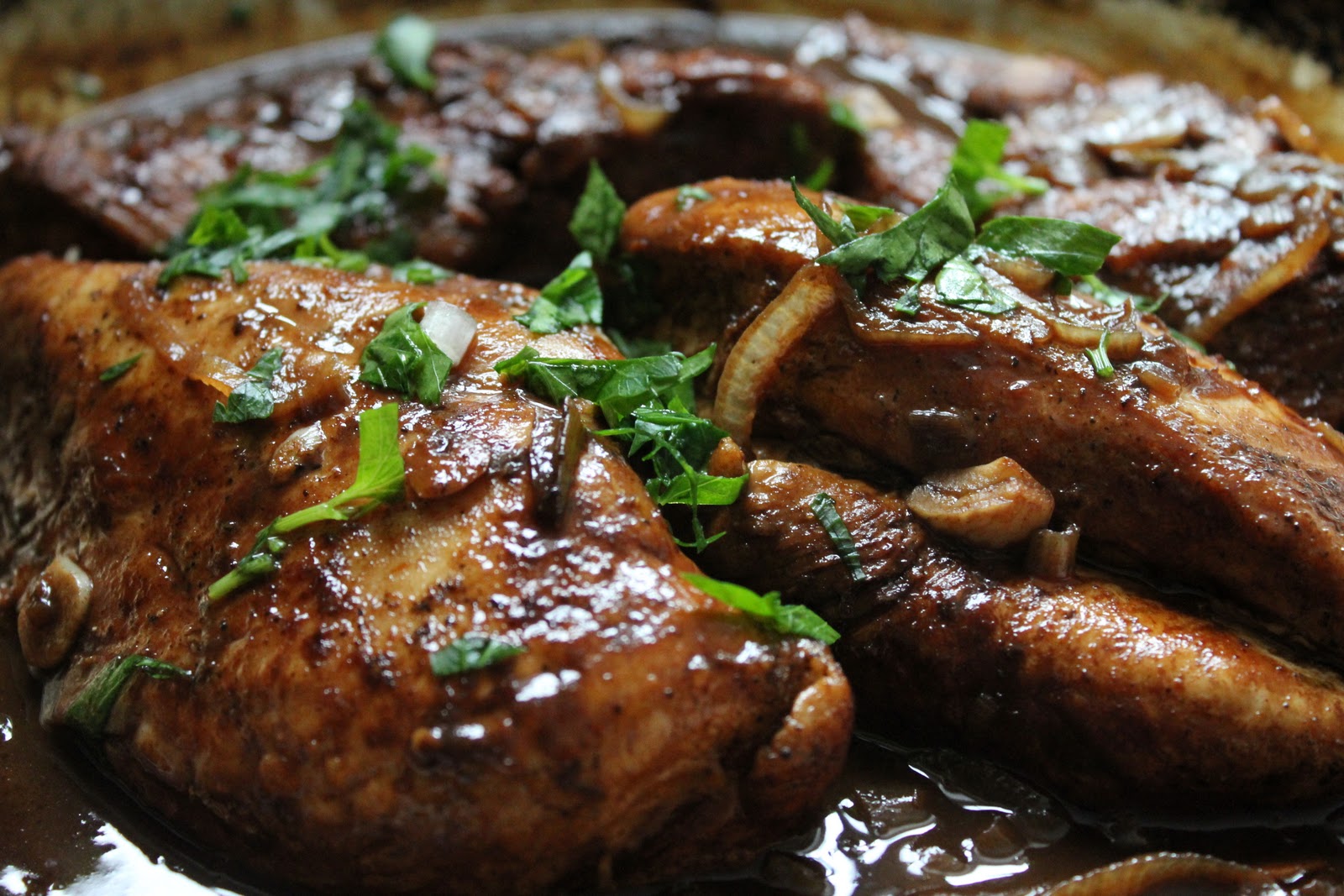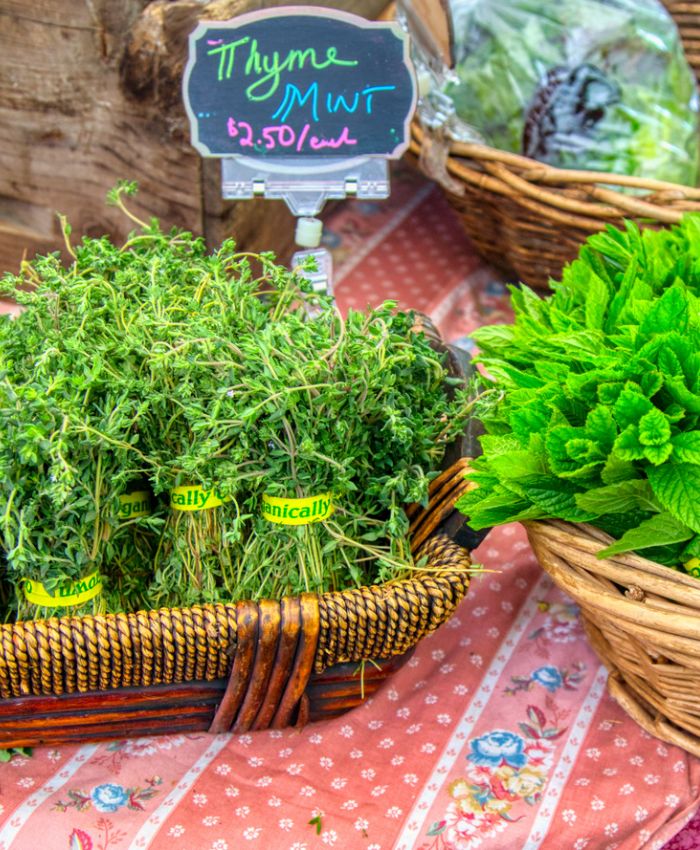Thyme is a versatile herb and a must-have in the kitchen. Its subtle flavor is perfect for seasoning a wide variety of foods such as meats, stews, vegetables, soups, and salad dressing. And you ou can even make thyme tea.
If you have ever wondered what thyme tastes like and what to do with it, read on because you will find out about this popular herb.
The thyme plant is a perennial herb that belongs to the mint family. It has been in use for centuries in various cultures and cuisines. Thyme is now grown all over the world and is one of the most popular herbs used in cooking today.
Thyme’s origins are in Southern Europe, where it was used by Ancient Greeks and Romans to repel insects, purify the air, and as an antiseptic on wounds.
Thyme’s active antiseptic compound, thymol, was thought to protect from infection and was used to treat skin lesions.
There is also evidence that the Romans believed the herb was an emblem of bravery and strength, especially with respect to the military.
They both have a strong flavor, but thyme is more pungent and has a slightly sweeter taste. Rosemary is more savory and has a slightly bitter taste. Both herbs can be used in a variety of dishes, but thyme is more commonly used in Mediterranean cuisine while rosemary is more popular in Italian and French cooking.

Herbs and spices that pair well with thyme
Thyme is a versatile herb that can be paired with any combination of spices. Here are some herbs to try to mix and match with thyme.
- Basil
- Bay Leaf
- Garlic
- Lavender
- Nutmeg
- Oregano
- Parsley
- Chives
- Corriander
- Herbs de Provence
- Jerk Seasoning
- Mint
- Paprika
- Rosemary
- Sage
- Tarragon
What’s the difference between fresh thyme and dried thyme?
Dried thyme is fresh thyme that has been picked and dried or dehydrated. Dried thyme can be used as a substitute for fresh thyme in most recipes.
Since dried herbs have a more concentrated flavor than fresh, you will need to use less dried thyme when cooking with it. The general rule of thumb for swapping dried herbs for fresh herbs is you should use 1/3 of the amount of dried herbs. So if a recipe calls for 1 teaspoon of fresh thyme leaves, you would use 1/3 teaspoon of dried thyme.

Gordon’s Guide To Herbs
FAQ
Is thyme a sweet herb?
Is thyme a Savoury?
How would you describe the taste of thyme?
What flavor does thyme add to a dish?
What does thyme mean in cooking?
Whatever your particular cooking specialty, thyme is one of those must-have herbs in the kitchen. Its pungent aroma and flavor, its versatility, and its overall utility in everything from pasta to soups to drinks to even desserts are essential for every chef. But did you know that “thyme” actually refers to a dozen or more varieties of the herb?
How to use thyme?
Thyme can be used fresh or dried, and works well in soups, roasted vegetables, pasta, sauces, pizzas, chicken, stews, eggs, fish and seafood, lasagna, pork, lamb, or beef.
Is thyme fresh or dried?
Like all herbs, fresh thyme is more open and flavorful while dried thyme is long-keeping and more concentrated, despite requiring some warm coaxing to urge its character to blossom. Fresh thyme is sold in sprigs, which is a stem that is snipped from the main stalk of the plant.
What does dried thyme taste like?
Dried thyme is an excellent culinary spice because of its versatile flavor profile that can enhance a wide range of dishes, from roasted meats to vegetable stews. Its earthy, slightly sweet and minty taste adds depth and complexity to recipes, making it a staple in many kitchens. Last update on 2024-03-30.
